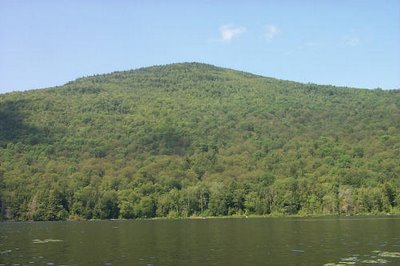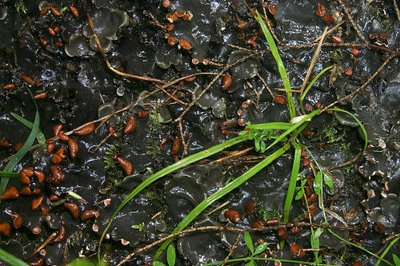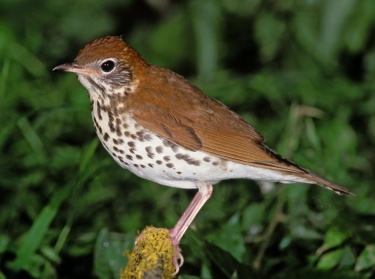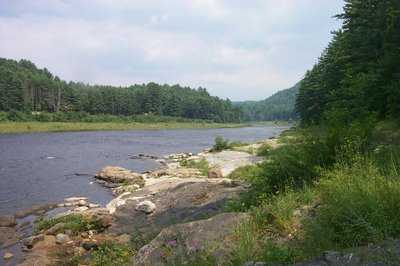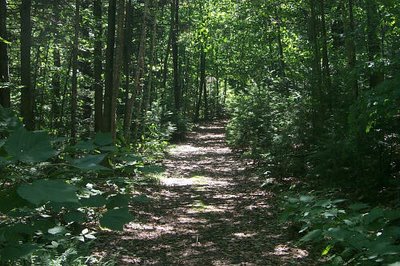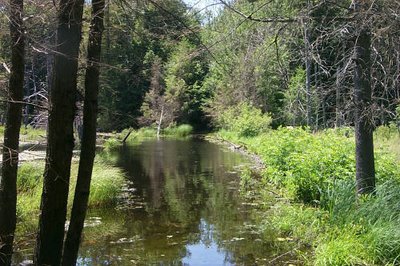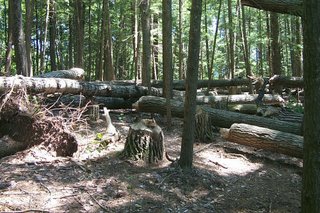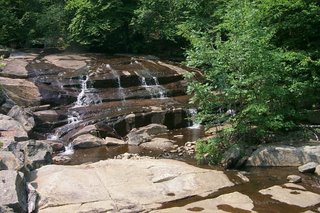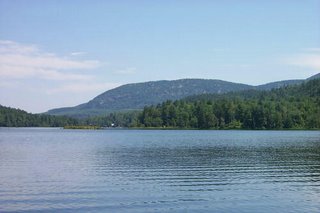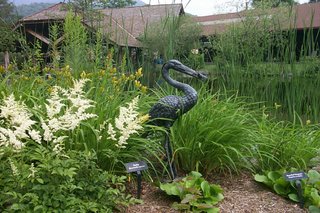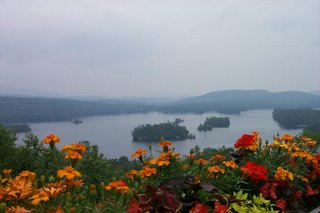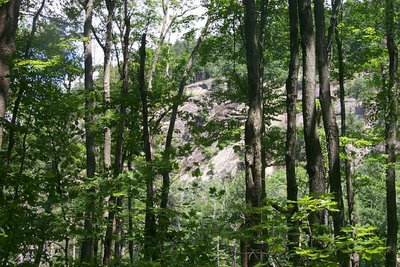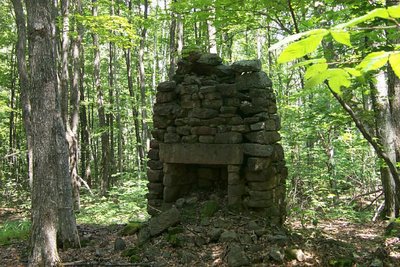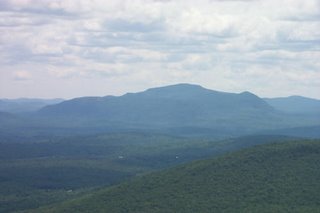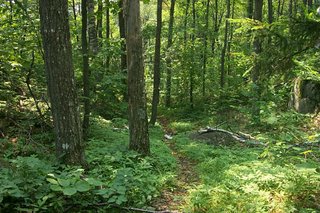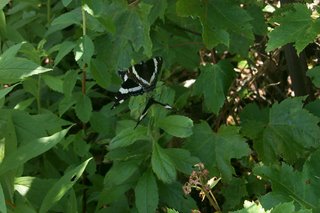Before I write about the guide's tale of woe and yesterday's adventure, let me say that today was a huge improvement--I found a fabulous new trail to add to my list of safaris. But I'm not writing about today
today. I'll write about that in my next entry. Today I'm going to tell you what happened yesterday, because it provides excellent insight into the life of a hiking and nature guide.
This spring at various times I heard hikers and paddlers mention a trail that connects Garnet Lake and Round Pond, two gorgeous bodies of water. I was told that the trail climbs an interesting ridge, is moderately difficult, and offers a fun day. I had no clients scheduled, so as I do on such days, I went off in the hopes that I'd find an exciting safari for my customers.
I checked all the guidebooks and two topo maps. Nothing untoward was mentioned, everything seemed in order. I parked my car in the little lot by the trail at Garnet Lake and off I went. Right off the bat, I noticed there were many trees down over the trail. Depending on the size of the tree, this meant fighting my way through the vegetation around the tree or trying to climb over it. One after another, I crawled through them, around them, and didn't think too much of it. At first.
I didn't become concerned until I was about 3/4ths of a mile in. By this point trees covered the trail more and more frequently. All I was doing now was climbing over these obstacles. Forget paying attention to Mother Nature, looking at birds, ferns, and mushrooms. I was locked in a battle to forge my way forward. Although I did finally see one I've been hearing for a long time--
Swainson's thrush. It sat as still as could be, just twenty to twenty five feet from me, so I could get a good long, delicious look.
To add insult to injury, the trail was marked only every half mile or so. It was so overgrown that I had to keep retracing my steps (climbing over trees I had already climbed over) to pick up the trail again. Sweat dripped down my face and back and mosquitoes went up my nose and in my ears.
When I was a little over a mile in (the trail to Round Pond is 2.3 miles), I contemplated turning back. It was clear that this was no trip for my clients. If I ever have a tour category "Safaris for Masochists," this trail will be on it, but I'm not into pain, so I'm not planning on venturing into this domain. I decided I'd continue because 1) the trail might open up, and 2)I wanted to finish what I set out to do.
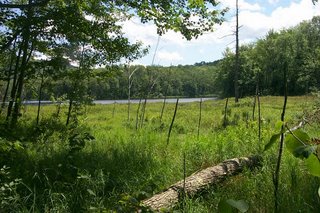 View of the Marsh by Round Pond
View of the Marsh by Round PondI arrived at Round Pond, scratched up, dejected, and sad. It's clear that this trail was once a beautiful, well maintained route. Snowmobilers once used it, skiers, and snowshoers. But no longer. The forest has all but reclaimed it. Why has this happened? Well, the fact is, the Department of Environmental Conservation, particularly the sub-department that includes the forest rangers, does not have the funds to maintain even a fraction of the trails in the Adirondacks. Governor Pataki has slashed the department's budget so many times, the resources to maintain our Adirondack trail heritage is not there. And so it goes.
So there I was on the shores of Round Pond with more than two hours of torture behind me. Time to go home. I decided that there was no way I was going back the way I came. I pulled out my compass and map and set a route to the northeast to reach the other trail that leads into Round Pond. I'd bushwhack my way to this trail, hike out, pick up the road, and walk the 4-5 miles back to my car. At least I'd have no obstacle to block my every step. And that's what I did. Another trail tested and rejected--all so my clients don't have to experience such a day.
